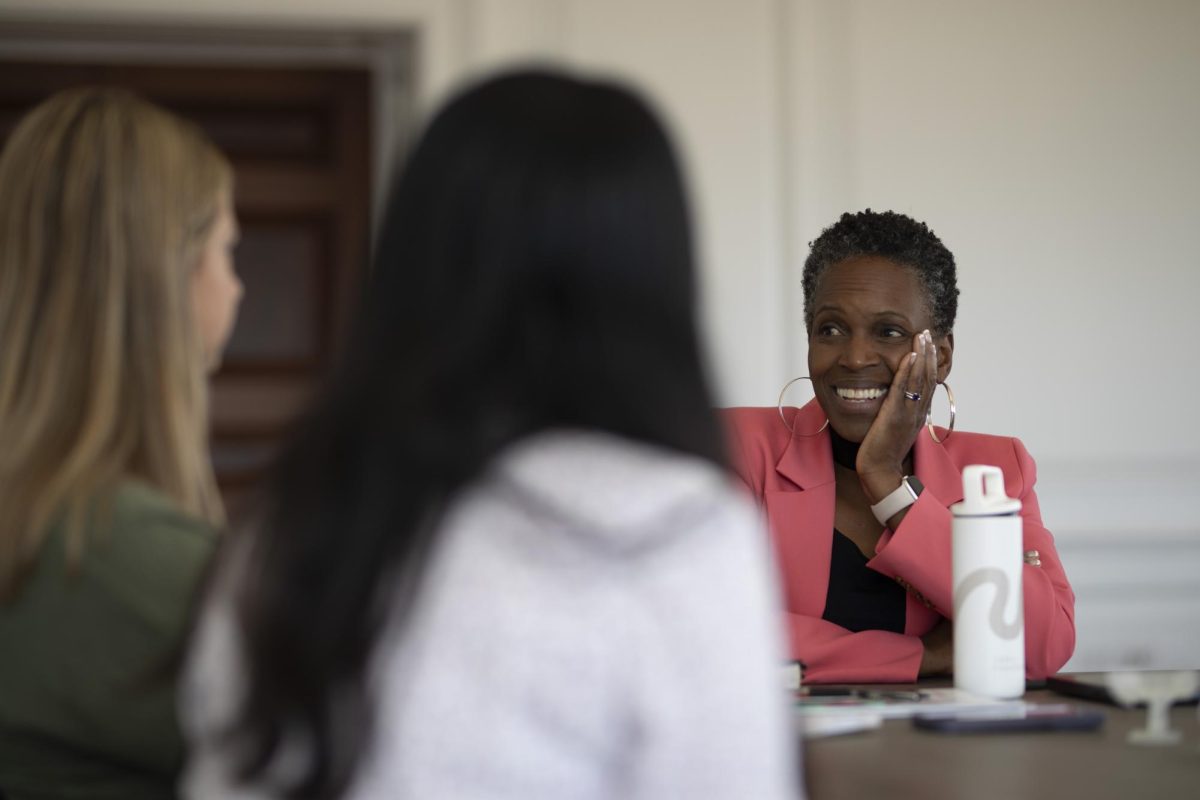The Allston-Brighton Substance Abuse Task Force identified the dangers of underage drug and alcohol abuse in the area in a presentation to more than 100 community members Tuesday.
Chairman of the Joint Committee on Mental Health and Substance Abuse Sen. Steven Tolman (D-Cambridge), said Massachusetts spends $3,000 a year per child as a result of underage drinking and drug abuse — the 13th highest amount in the nation.
In Massachusetts, 48 percent of high school students said they regularly consume alcohol, while 27 percent reported binge drinking in the past year. These rates result in higher rates of drunk driving, Tolman said.
In Massachusetts last year, $564 million worth of alcohol was sold to underage drinkers, Tolman said, adding that underage drinkers consumed 16 percent of alcohol in the state.
Tolman also said the committee is trying to pass a bill that would allocate $50 million of the states’ budget to implement programs to prevent former abusers from relapsing after leaving detoxification clinics.
Maryanne Frangules, the executive director of the Massachusetts Organization for Addiction Recovery, said underage drinking was her gateway substance before using drugs.
“When I first used alcohol, I was 16 years old at a church dance. I want for young people to not know the pain of addiction,” she said.
According to a brochure published by the Department of Public Health, teens whose parents educate them about the dangers of drug consumption are 42 percent less likely to abuse substances.
In Massachusetts, urban and suburban youth use drugs and alcohol in about the same numbers, making substance abuse not only an area-wide problem, but a problem that spans the state, according to a booklet published by the Department of Public Health.
Deidre Houtmeyers, co-chair of the Allston-Brighton Substance Abuse Task Force, said drugs and alcohol are too easily available for students in the Allston-Brighton area, citing OxyContin and cocaine as prevalent drugs in Brighton.
“[All OxyContin users] I talk to say that they started with a few beers in the parking lot,” she said, correlating alcohol consumption to drug use among teens.
Houtmeyers added that parent-child relationships are the most significant factor in preventing substance abuse and dangerous behaviors.
“There is no reason why we can’t do better. The most important thing is that we’re all in this together,” Tolman said. “We all have loved-ones who are suffering. Do not give up.”




















































































































